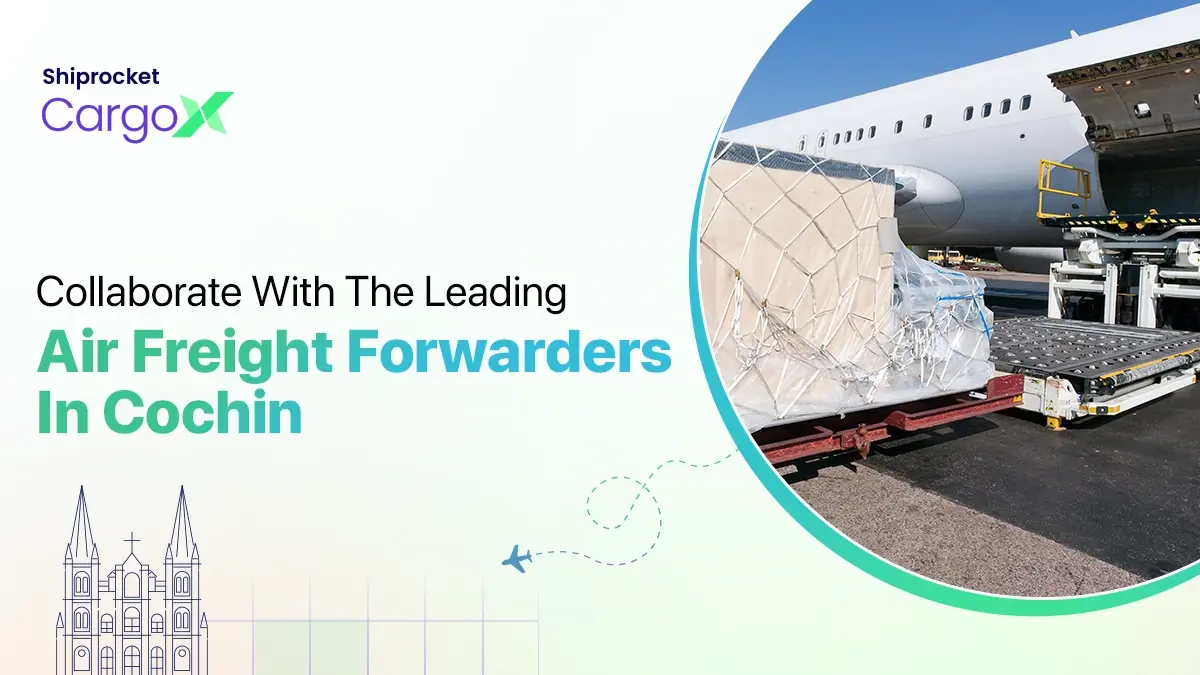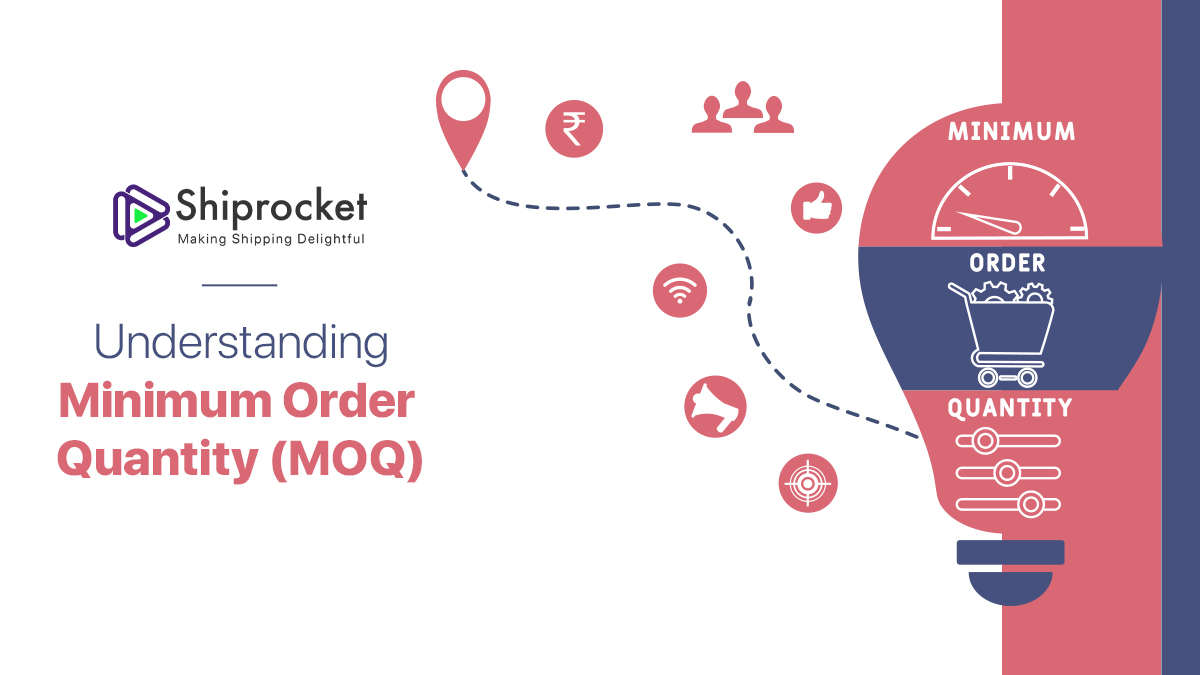Types of Air Cargo Facilitating Air Transport
Air cargo simply means transporting goods to different geographical locations by aircraft. It has made the global supply chain process smooth and speedy, contributing to the growth of businesses around the world. The ability of this transportation mode to ship goods quickly and securely worldwide is what sets it apart from other methods of shipping. It is helping businesses speed up their deliveries and sell their products across borders. Statistics reveal that air cargo supports 35% of global trade annually and this percentage is expected to grow in the times to come.
There are nine types of air cargo, about which you will learn in detail as you read further. We have also provided comprehensive information about the items that are allowed and prohibited on air cargo and more about this much-in-demand service.

Air Cargo: Know the Service
Air cargo service has witnessed a rise over the past few decades, especially with the growth of the eCommerce industry. As more and more businesses around the world are trying to expand their market reach, the demand for air cargo is growing. Air cargo helps transport goods to different parts of the world quickly and efficiently. Research shows that goods worth USD 6.8 trillion are transported globally via air cargo each year.
Air cargo enables the transportation of different kinds of goods in passenger aircraft’s cargo holds and cargo-only aircraft. Although the service may appear costlier compared to other modes of transport, its popularity has only grown owing to the speed and reliability it offers.
This mode of goods transportation lies at the heart of modern logistics, bridging the gap between manufacturers, suppliers, and consumers. Air cargo enables hassle-free shipping which has contributed to the growth of international trade that in turn has strengthened the global economy.
9 Types of Air Cargo Facilitating Air Transport
Here is a look at the different types of air cargo and a brief about each of them:
- General Cargo
General cargo includes different types of goods like clothes, electronic goods, furniture, construction materials, and more. It is the most common category under air cargo. It allows you to ship items that do not require extra care during transition. The terms and conditions attached to general cargo are usually simple. This mode of air transportation is the major contributor to the air freight market share.
- Special Cargo
This type of cargo needs special care and is thus costlier compared to general cargo. It includes various types of goods like medicines, delicate artwork, sensitive equipment, and the like. There are strict regulations for shipping these items and special documents may be required to transport some of them. Depending upon the type of item, special packaging arrangements are made. Goods that require a temperature-controlled environment and strong security measures are appropriately stored and transported to avoid any kind of damage. Items that are marked fragile are carried in customized containers designed to keep them safe during transit.
- Dangerous Cargo
This category includes goods that are dangerous for health and can pose risks during transportation. Explosives, toxic and infectious materials, flammable gasses, corrosive liquids, poisonous gases, radioactive materials, etc. are some of the materials that fall under this category. Shipping companies must follow the special guidelines set for the transportation of such items.
- Mail Cargo
Another type of air cargo is mail cargo which includes letters, documents, cards, flyers, and other such items. It ensures that these important papers are delivered safely to their destination on time. As per research around 328 billion letters are sent through mail cargo every year. Businesses as well as individuals are making use of this type of cargo extensively to send their documents to different parts of the world securely.
- Temperature Controlled Cargo
As the name suggests, this includes items that require specific temperature conditions to stay fresh. Processed foods, chemicals, and certain medicines come under this category. While transporting these items via air freight, the stipulated temperature is maintained throughout to ensure they reach their destination in the right condition.
- Perishable Cargo
Items such as fruits, meats, flowers, and sensitive pharmaceuticals come under this category. These are items with a limited shelf life. Thus, they need to be shipped quickly yet safely.
- High-Value Goods
This category includes items that are delicate and have high monetary value. Some of the examples of goods that fall under this category are luxury goods, high-end electronics, expensive pieces of fine art, and precious gemstones. Strict packaging and handling guidelines must be followed to transport these items safely across borders. These items are marked fragile to ensure special care is taken while loading, unloading, and storing them.
- Human Remains, Organs, and Tissue Cargo
It is also possible to ship human remains, tissue, and organs from one place to another via air freight. Such things may require temperature temperature-controlled environment. Special care is taken to transport them in the right environment safely and respectfully. The sender needs to follow strict guidelines provided by WHO and IATA while transporting things under this category. Many organ procurement organizations collaborate with cargo airlines to facilitate better in-flight tracking systems for organs. UOS Organ Tracking System provides real-time information about the loading and unloading of the donated organs in addition to their status during transit.
- Live Animals
Did you know, you can even transport your furry buddies by air cargo? Statistics reveal that over 2 million animals are transported annually to different parts of the world via air cargo. Farm animals, pets, birds, and animals that need to be kept in the zoo are transported from one place to another using the air freight service. Strict guidelines have been set by IATA (International Air Transport Association) for the transportation of live animals. Special care is taken while transporting these creatures to distant lands.
Goods That are Allowed and Prohibited on Air Freight
As is clear from the above information, air freight enables the transportation of various kinds of items from one place to another. From electronic goods to medicines, documents, and human organs, you can send almost anything across borders via air freight. However, certain items are prohibited on the flight. Some of them may be allowed in certain countries but prohibited in others. It is important to look at the list of prohibited items in your destination country to avoid legal actions during transit. The items that are prohibited by large everywhere are as follows:
- Fireworks
- Bank bills or currency notes
- Hazardous waste
- Ivory
- Shark fins
- Apparel or clothing accessories made from the skin, fur, or teeth of wild animals covered under the Wild Life Protection Act of 1972.
- Mobile phones without IMEI Number
- Psychotropic substances and narcotic drugs
- Marijuana (this includes the one used for medicinal purposes as well)
- Postage stamps
- Vape products to, from, or within the United States
- Liquids in glass containers
Apart from the items that are prohibited, some come under the restricted items category. These are accepted by shippers who use air cargo regularly and comply with all the norms and regulations. Here is a look at some of the prohibited items:
- Ammunition (except the ones provided in the UPS Tariff/Terms and Conditions of Service)
- Firearms and weapons
- Alcoholic beverages
- Non-domesticated animal products such as snakeskin watch bands
- Biological substances
- Dangerous goods (as per UPS guide for transporting hazardous materials)
- Furs
- Hemp and CBD
- Gold or other precious metals
- Tobacco
Fascinating Air Freight Facts
Here are some fascinating facts about air freight:
- Even amid the COVID-19 pandemic in 2020, the air freight companies transported items weighing more than 62 million tons.
- On September 27, 2019, UPS Flight Forward delivered its first package by drone. It delivered medical supplies to WakeMed’s hospital by the first FAA-approved drone.
- The first air cargo flew between Dayton and Columbus on 7th November 1910. It carried 90 kg of silk for the opening of a store and covered a distance of 100 km in more than an hour.
- The longest air cargo flight was 17 hours 15 minutes long. It flew from Dubai to New Zealand.
- The shortest air cargo flight lasted for just about 32 minutes. It flew between Cebu and Bacolod in the Philippines.
- Antonov AN-225 is the biggest cargo aircraft. It has a load capacity of 250,000 kilograms.
Conclusion
The use of air cargo is increasing with businesses expanding their reach far and wide. Different kinds of goods can be transported to various parts of the world in a quick and hassle-free manner using this service. It is important to learn about the laws and regulations regarding the transport of different types of goods by air cargo and abide by them.
Several air cargo companies operate in India and Shiprocket’s CargoX is an excellent logistics service that provides fast and secure international air cargo shipping. They help businesses transport their large shipments across borders and ensure timely B2B deliveries. They operate in more than 100 overseas destinations, connecting sellers with international consumers.
The nine different types of air cargo have a separate set of guidelines and regulations. The domestic and international regulations may also differ. Besides, there may be variations in the regulations for different items in different countries.
Just like other modes of transportation, air cargo also increases the carbon footprint because of the emission of greenhouse gases. However, air cargo companies are working towards reducing their carbon footprints. Many of them are opting for fuel-efficient aircraft and sustainable aviation fuels.
Yes, small businesses as well as individuals can use air cargo for transporting goods to different places around the world. Air cargo companies often provide customized solutions for small-sized shipments.






